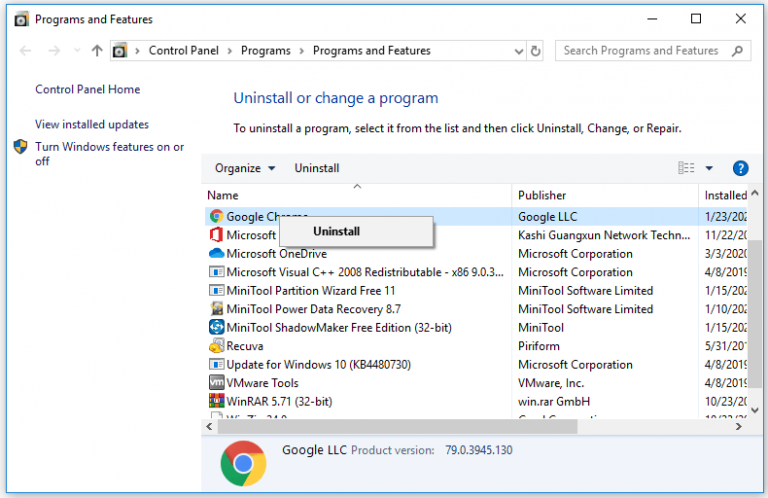
Depending on your network, you could be using 3GB per hour for basic 720p streaming or up to 7GB per hour for 4K Ultra HD streaming.Īuto: As the name implies, this will let your streaming quality fluctuate with your current internet speeds and network connection to provide the most stable streaming experience, as well as playback at the highest quality that your plan allows. High: Streaming in high quality opens you up to HD and 4K UHD streams with the Premium plan, but that also means your data usage could vary quite a bit. At this limit, you’ll still be locked into standard definition. Medium: Medium-quality streaming will tick your data use up to around 0.7GB per hour.

This is the best option for those with poor connections or those who are streaming with data limits. Streaming in low quality will force the content to play at standard definition. Low: Streaming at this level will use about 0.3GB per hour. It’s probably obvious what those mean, but here’s a detailed look at how each setting affects your picture quality (and, potentially, your data cap).

Here, you will see four different options: Low, Medium, High, and Auto. Begin by opening your account, and under the Profile & parental controls section, select your profile, find Playback settings, and click Change. Step 2: If you’ve made sure that you have the right plan, next in the order of operations is to tweak Netflix’s streaming options so that they're set to display that resolution. 4K UHD and HDR (High Dynamic Range) streaming is available only on the most expensive Premium plan, so it’s worth at least double-checking. The Netflix Standard with ads, Standard, and Premium plans all support Full HD (1080p) streaming, but the Basic plan only allows for streaming in normal HD (720p). Step 1: Check your Netflix plan and settings.


 0 kommentar(er)
0 kommentar(er)
